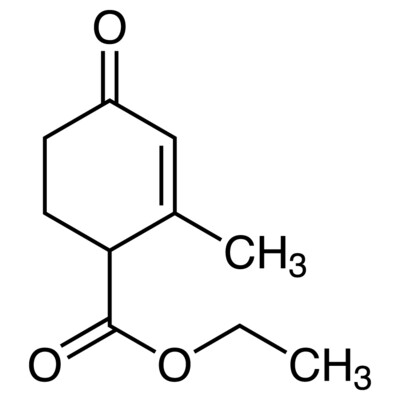Verzending 24–48 u • Levering in de hele EU • Veilige chemieverpakking
Thulium chloride anhydrous powder 99.9% 5 g
SKU 007500-2
€ 648,94
In stock
1
Save this product for later
Thulium chloride anhydrous powder 99.9% 5 g
Product Details
CAS number: 13537-18-3
Chemical formulas: TmCl3/ F.W. 275.29/ powder
Cation: Tm
Packaging: 5 g
EAN: 8721028254887
Brand: Laboratoriumdiscounter
Thulium chloride anhydrous powder is a rare earth compound with various applications in industries such as electronics, optics, and catalysis. Its unique properties make it an essential component in the production of lasers, phosphors, and magnetic materials. With its high purity and stability, thulium chloride anhydrous powder is a sought-after substance for research and development purposes. Discover the endless possibilities of this versatile compound for your specific needs.
When working with Thulium chloride anhydrous powder, it is important to follow these safety instructions: 1. Personal Protective Equipment (PPE): Always wear appropriate PPE, including gloves, safety goggles, and a lab coat or protective clothing, to protect yourself from direct contact with the powder. 2. Ventilation: Work in a well-ventilated area or use a fume hood to prevent inhalation of any dust or fumes that may be generated during handling. 3. Handling: Avoid direct skin contact with the powder. Use tools such as spatulas or scoops to handle the powder, and avoid creating dust or aerosols. 4. Storage: Store Thulium chloride anhydrous powder in a tightly sealed container in a cool, dry place away from incompatible substances. Follow any specific storage instructions provided by the manufacturer. 5. Spills: In case of a spill, carefully clean up the powder using appropriate methods, such as using a vacuum cleaner equipped with a HEPA filter or dampening the powder with water before cleaning it up. Avoid creating dust or spreading the powder further. 6. Disposal: Dispose of Thulium chloride anhydrous powder according to local regulations and guidelines. Do not dispose of it in regular trash or down the drain. 7. Emergency procedures: Familiarize yourself with the emergency procedures in case of accidental exposure or ingestion. Know the location of emergency eyewash stations, safety showers, and fire extinguishers. 8. Training: Ensure that you have received proper training on the safe handling and use of Thulium chloride anhydrous powder before working with it. Follow all instructions provided by your supervisor or safety officer. Remember, these instructions are general guidelines, and it is important to consult the specific safety data sheet (SDS) and any other relevant documentation provided by the manufacturer for detailed safety information.
Please note, not all safety data for this product is available on our website, for a complete list of P en H sentences and other safety instructions please request the MSDS at our customer service
You May Also Like
End user declaration required

Thallium(I) Bromide>98.0%(T)100g
Thallium(I) Bromide>98.0%(T)100g
Only for registered companies
SKU T4083-100G
€ 387,20

4-bromo-1-ethyl-5-methyl-1H-imidazole, 100mg
4-bromo-1-ethyl-5-methyl-1H-imidazole, 100mg
SKU F509698-100MG
€ 323,40

2-Acetylcyclohexane-1,3-dione, 97.0%, 250mg
2-Acetylcyclohexane-1,3-dione, 97.0%, 250mg
SKU F549729-250MG
€ 25,30
Display prices in:EUR




![2-[(6-oxo-7,8,9,10-tetrahydro-6H-benzo[c]chromen-3-yl)oxy]propanoic acid, 95.0%, 1g 2-[(6-oxo-7,8,9,10-tetrahydro-6H-benzo[c]chromen-3-yl)oxy]propanoic acid, 95.0%, 1g](https://d2j6dbq0eux0bg.cloudfront.net/images/88473019/4857610960.png)


![2-Chloro-6-isopropoxybenzo[d]thiazole, 97%, 100mg 2-Chloro-6-isopropoxybenzo[d]thiazole, 97%, 100mg](https://d2j6dbq0eux0bg.cloudfront.net/images/88473019/4860197045.png)


